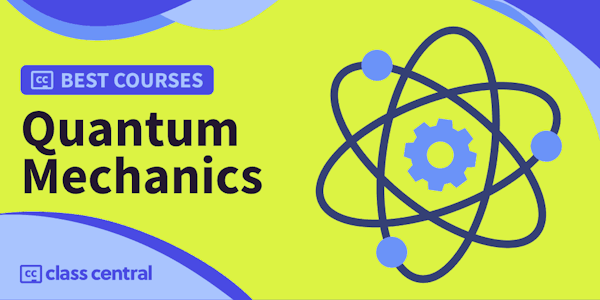A total eclipse is one of the most spectacular sights you can ever see! It looks like the end of the world may be at hand. There is a black hole in the sky where the sun should be. Pink flames of solar prominences and long silver streamers of the sun's corona stretch across the sky. It gets cold, and animals do strange things. People scream and shout and cheer, and remember the experience their whole life. But total eclipses are important scientifically as well. They let us see parts of the sun’s atmosphere that are otherwise invisible. A total eclipse presented the first chance to test Einstein’s prediction that matter can bend space – like near a black hole. The best total eclipse in the United States in 40 years happens August 21st, 2017.
This course has two primary goals:
1) to get you excited for the total solar eclipse coming in August 2017 and prepare you and your community to safely view it
2) to provide an inviting overview of the science of the sun and the physics of light
If you are most interested in preparing for the eclipse, you can hop right into Week 5! If you want the full course experience, and to get some fun scientific context for what you'll be seeing on August 21st, start with Week 1 and move through the course week by week!
[Note: if you start with Week 1, you can skip through some of the repeated material once you get to Week 5.]
Overall this course will prepare you to...
* Safely view the total or partial solar eclipse
* Help others watch safely and even make money by leading a “neighborhood watch” of the eclipse
* Review fundamental sun science, including the physics of light, how astronomers study the sun, how it formed, how we know what’s inside it, and where the energy that supports life on earth is generated
The Sun and the Total Eclipse of August 2017
University of Colorado Boulder via Coursera
-
189
-
- Write review
Overview
Syllabus
- Introduction to the Sun and Eclipses
- In this module we describe what causes eclipses, how rare it is for any one place to experience a total eclipse, the dramatic difference between a total or a partial eclipse, and encourage you to see the total eclipse on Aug. 21, 2017. We also review the upcoming course topics, demonstrate how large the sun is, and introduce sunspots.
- Most of what we know about the Sun is learned from Light
- In this module we explain how astronomers use visible and invisible light (ultraviolet and X-rays) to study the sun. We learn that all light comes from atoms, and that the quantum world of atoms is like nothing you’ve ever seen! We see how the properties of light let us determine the sun’s temperature, its composition, and the important role of its magnetic fields.
- How does the Sun work? What makes it shine? What’s inside?
- We can’t see inside the sun with visible light, but there are ways to infer or even see down to the sun’s center, where vast amount of energy are generated, making possible life on earth.
- How did the sun form?
- When you look at Hubble Space Telescope images of beautiful clouds of gas in space you are seeing what happened in our own solar system 4 ½ billion years ago when the sun formed. This week we explain how that process works.
- The Aug. 21, 2017 “Great American Total Solar Eclipse”
- This Week 5 presentation concentrates on what will happen during the Great American Eclipse of Aug. 21, 2017. It may be viewed alone, or after Weeks 1-4. Weeks 1-4 give a lot of explanation of what you will see, so I hope you take the full course, but if you are in a hurry, this week alone will prepare you.
Taught by
Douglas Duncan
Tags
Reviews
3.0 rating, based on 1 Class Central review
4.7 rating at Coursera based on 69 ratings
Showing Class Central Sort
-
This course was contextual in the "light" of the Solar Eclipse. The subject matter was covered quite well in a way that lay people can understand.





